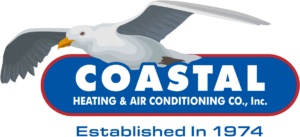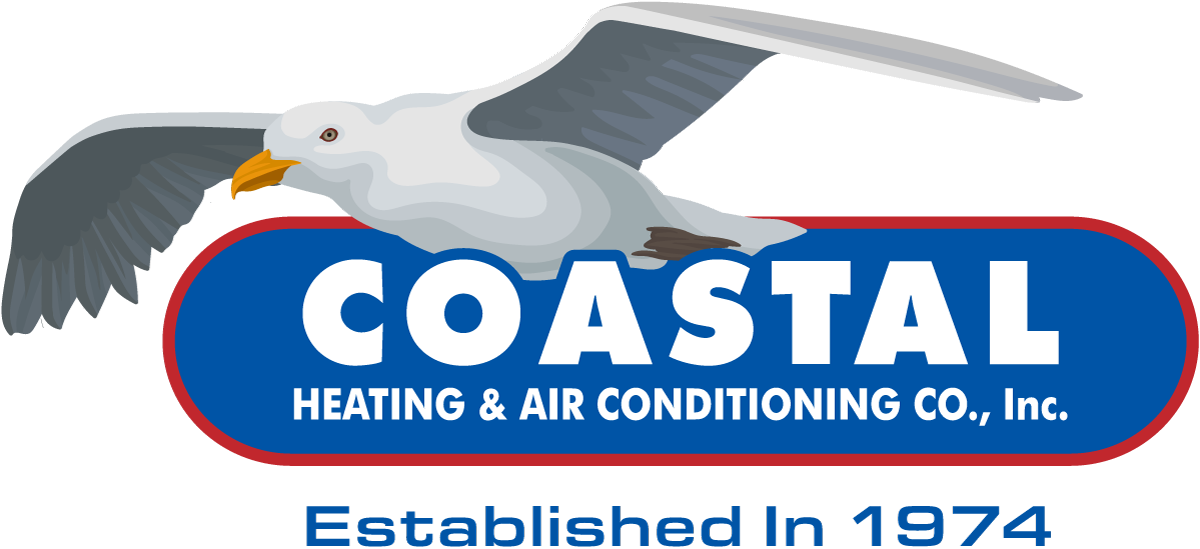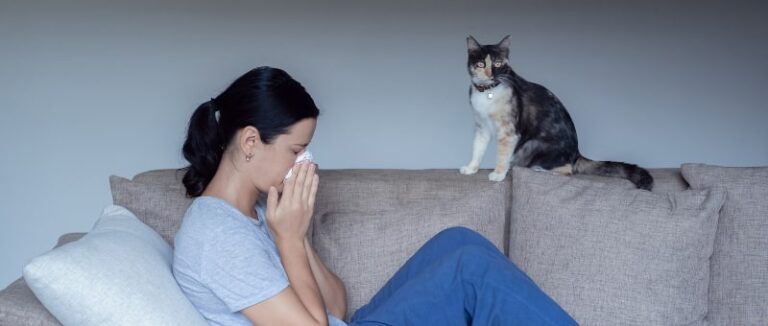Contaminants in your air can affect everything from your health to your HVAC system’s efficiency. The Environmental Protection Agency (EPA) found that indoor air contains up to five times higher contaminant concentration than outside air. Consider these six common sources of indoor air pollution you shouldn’t ignore:
People, Animals and Plants
The people, animals and plants that occupy your home are sources of what we call biological contaminants. These contaminants typically come from a living source and may be active cells on their own. Biological contaminants often can cause allergies and various other pathological processes.
People who come into your home may bring with them bacteria and viruses. Pets can put out hair, dander and saliva, while pests may also contribute feces and body parts. Plants may give off pollen and various spores from their dirt.
Fresh Air and Indoor Activities
Most people recognize that the air outside is full of contaminants, and those find their way inside. This usually brings to mind contaminants like dust, dirt and pollen. However, the air may also contain gases like nitrogen dioxide and other toxic gases contained in outdoor air pollution.
Some of the activities you do in your home can also contribute to your indoor air pollution. There are obvious activities like hobbies that produce dust, such as woodworking. However, it can also include normal activities like cooking, which can release oil and grease.
Even cleaners and air fresheners can release a wide range of pollutants. Those most attention-grabbing include volatile organic compounds (VOCs), such as formaldehyde. These chemicals can cause everything from eye and throat irritation to contributing to lung cancer.
Furniture, Carpet and Building Materials
The very materials that make up your home and the contents inside may also contribute to indoor air pollution. All of these will emit gas, including chemicals like VOCs. They’ll typically emit gas more when they’re first installed than what they do as they age.
However, they may also contribute particulate matter under certain circumstances, including a dry environment. When the air is too dry, these materials dehydrate and release small excess dust particles into the circulating air. To prevent this, the EPA recommends keeping your indoor humidity level between 30% and 50%.
Gas-Burning Appliances
Anything that burns fuel will also produce some indoor air pollution. On the minor side, these may produce soot if the fuel isn’t burning completely and efficiently. However, they also produce nitrogen dioxide, carbon monoxide, methane, nitrous oxide and sulfur dioxide, to name a few.
The best way to reduce the contaminants these contribute to your home is to keep your appliances maintained. Routine furnace maintenance keeps your heater running efficiently. However, it also works to ensure the exhaust ventilation is working properly to reduce indoor contaminants exposure.
Paint
Yes, even the paint on your walls can contribute to indoor air pollution. Older homes that still have paint from before 1978 may contain lead. As these paints continue aging and flaking, you increase the risk of lead exposure, including through paint dust.
In modern paints, the more concerning ingredient are VOCs that help to improve durability, appearance and ease of application. You can combat this by choosing low or no-VOC paints, which are usually water-based. If you choose paints that contain VOCs, be sure that you have plenty of ventilation both during and after application.
The Ground Around Your Home
Even the ground under your home can add pollutants to your air. The unique contaminant that almost solely comes from the ground is radon. This is a radioactive gas that’s released when the ground contains elements like uranium, thorium or radium.
The only way to deal with this is to first get your home tested for the gas. Unfortunately, there’s no way to remediate the ground and remove the source. Therefore, if your air tests above the recommended threshold, you’ll need a radon mitigation system installed.
Keep your home and family safe from these contaminants that your air may contain. Call to schedule a consultation with one of our indoor air quality experts at Coastal Heating & Air Conditioning Co., Inc.
Image provided by iStock



